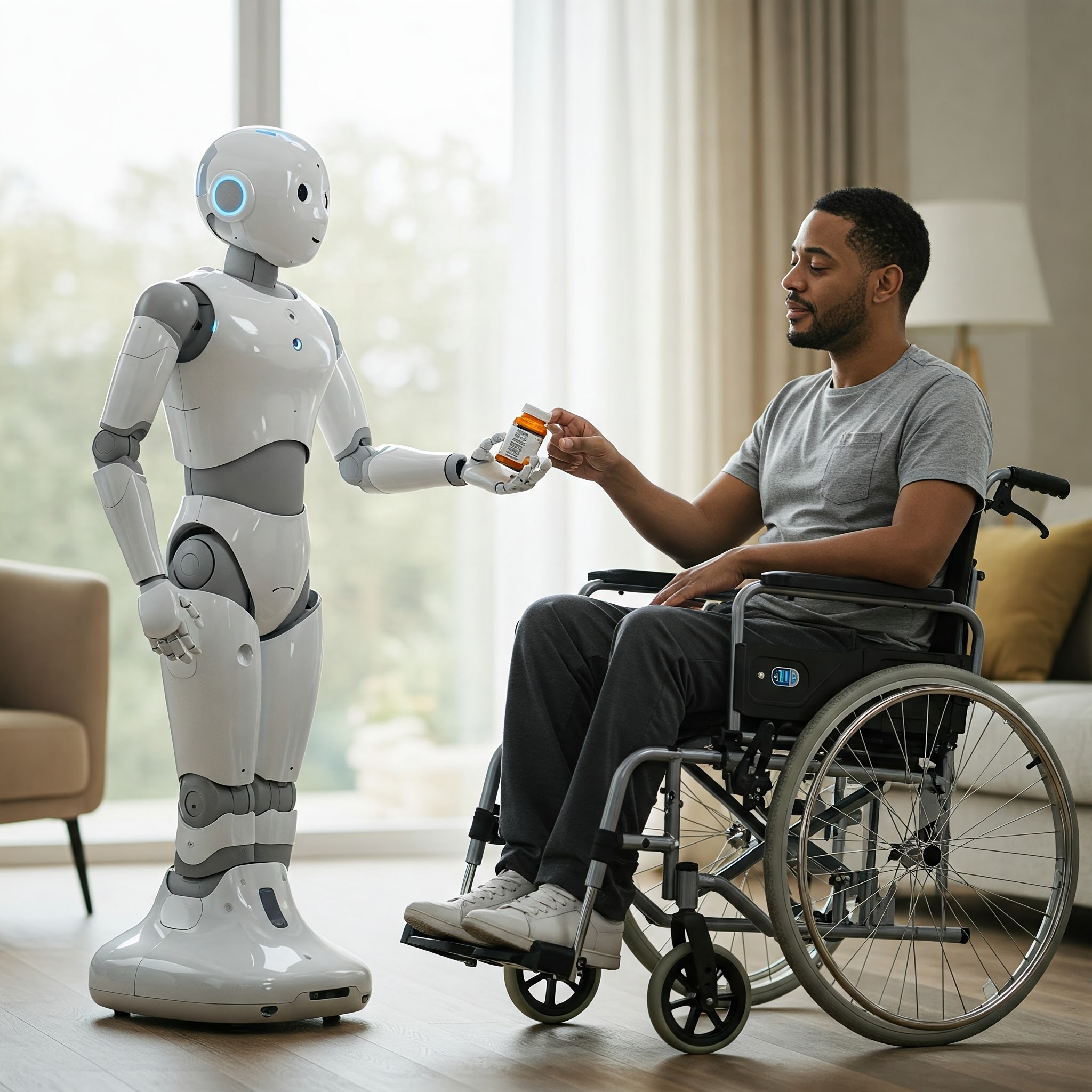Rise of the Robo-Nurses

Meet Your Future Carer? Humanoid Robots Are Targeting the Assisted Living Revolution
The vision of robotic assistants in everyday life is as old as science fiction itself. But beyond the silver screen, practical humanoid robots are now emerging as serious contenders to address critical needs in personal care and assisted living. As global populations age and the demand for caregivers outstrips supply, these machines could redefine support for the elderly and those with mobility challenges.
Beyond the Hype: Core Capabilities Unveiled
Current-generation care robots aren't designed to replace human nurses wholesale, but rather to augment their capabilities and provide consistent support. Key functionalities include:
- Cognitive Assistance & Reminders: From medication schedules to appointment alerts, these robots can serve as sophisticated memory aids, reducing the cognitive load on individuals.
- Mobility and Fetching Support: Select models offer physical assistance, helping users with simple tasks like retrieving objects, thereby promoting independence. The aim is to enhance, not entirely replace, human interaction for more complex needs.
- Companionship & Remote Connection: Addressing the significant issue of loneliness, some robots are equipped with conversational AI, entertainment features, and tools to facilitate easy video calls with family and friends.
- Environmental Monitoring & Safety Alerts: Integrated sensors allow these robots to detect anomalies such as falls or prolonged inactivity, triggering alerts to human caregivers or emergency services, offering a crucial safety net.
The Driving Force: Addressing Critical Care Gaps
The impetus behind this robotic advancement is clear: an escalating caregiver shortage coupled with an increasing elderly demographic. Humanoid robots offer a scalable solution to perform routine tasks, freeing up human professionals for more complex, empathetic, and nuanced aspects of care that technology, for now, cannot replicate.
Reality Check: Hurdles and the Path Forward
Despite promising advancements, challenges remain. The "uncanny valley" – the unsettling feeling evoked by robots that are almost, but not quite, human-like – can be a barrier to acceptance. Dexterity for complex physical tasks, the cost of sophisticated units, and ensuring robust, error-free operation are also significant engineering hurdles. Ethical considerations regarding data privacy and the degree of autonomy are paramount as development progresses.
The Verdict (For Now):
Humanoid care robots are on a clear trajectory from research labs to real-world application. While they won't be performing surgery autonomously anytime soon, their role as tireless assistants for daily tasks and vigilant monitors is becoming increasingly viable. The fusion of AI, advanced sensors, and improved mechanics promises a future where technology significantly enhances the quality of life and independence for millions.

